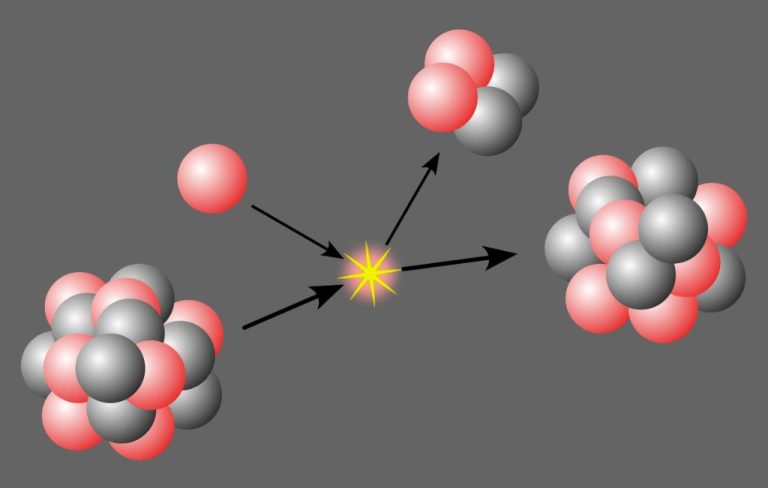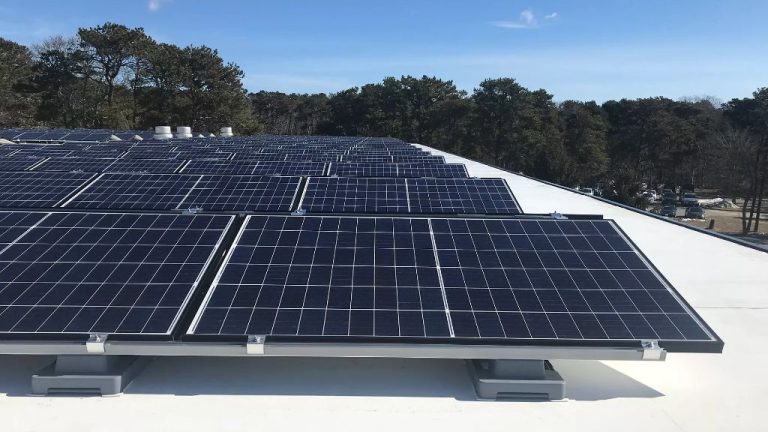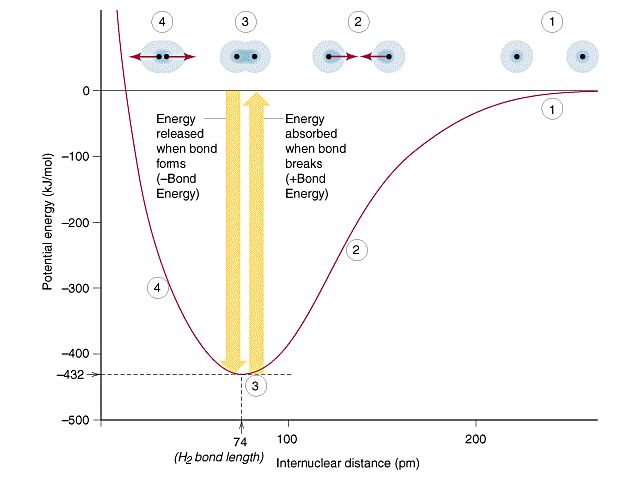What Is Non-Renewable In A Sentence?
Definition of Non-Renewable Resources
Non-renewable resources are natural resources that cannot be readily replaced by natural means at a quick enough pace to keep up with consumption. They form over geological timescales and once depleted, are essentially gone. Examples include fossil fuels like coal, oil and natural gas, which take millions of years to form from organic material under intense heat and pressure. Metals like gold, copper and aluminum are also considered non-renewable since their concentration in economically extractable ore deposits is finite. Unlike renewable resources such as timber or fresh water which can be replenished naturally within timescales meaningful to humans, non-renewable resources take millennia to reform so for all practical purposes if they are extracted and used up they are not replaced in any reasonable timeframe.

The key aspect that makes non-renewable resources finite from a human perspective is their exceedingly slow rate of natural formation or replenishment. Once extracted and put to use in human society and industry, they are essentially gone and cannot be regenerated within timescales comparable to human lifespans or even civilizations. This makes them precious and in need of thoughtful conservation and stewardship if they are to sustainably support human development over long time periods.
Examples of Non-Renewable Resources
Some of the most important and widely used non-renewable resources include:
- Fossil fuels such as oil, natural gas, and coal – These provide around 80% of the world’s energy needs, but are the major contributor to climate change.
- Nuclear fuel like uranium – Used for nuclear power generation which supplies around 10% of the world’s electricity.
- Minerals including metal ores, phosphates, and rare-earth elements – Vital for modern technology and industry.
- Sand – Heavily exploited and becoming scarce for uses like concrete production.
Other significant non-renewable resources are gemstones, quarry material, and certain soil nutrients and fertilizers that can be depleted by over-farming.
Why Non-Renewable Resources are Important
Non-renewable resources like oil, natural gas, and coal are crucial to modern society despite their finite supply. We rely heavily on non-renewables for energy generation, fuel for transportation, and raw materials for countless consumer products and industrial processes. According to the U.S. Energy Information Administration, in 2019 approximately 80% of total U.S. energy consumption came from non-renewable fossil fuels.
Coal and natural gas are primarily used to generate electricity, while petroleum provides the fuel that powers the transportation sector. Nearly all plastics are derived from petroleum and natural gas. Many fertilizers and chemicals also require non-renewable resources as feedstocks. Minerals like iron, copper, and aluminum that are essential for infrastructure, technology, and consumer goods are non-renewable. Simply put, non-renewables provide the abundant, concentrated energy that powers the global economy. While alternatives and renewables are growing, our heavy dependence on non-renewables will likely continue for decades due to practicality and cost.
Non-Renewable vs Renewable
Non-renewable resources are materials that cannot be replenished after use, while renewable resources are materials that can be replenished naturally over time. The key difference is that non-renewable resources exist in a fixed amount and will eventually run out, whereas renewable resources can be replenished indefinitely if managed properly.
Some examples of non-renewable resources include fossil fuels like oil, natural gas and coal that take millions of years to form, as well as nuclear elements like uranium that are limited by the fixed amount available on Earth. In contrast, renewable resources like solar, wind, hydro and geothermal energy, along with biomass from plants and animals can be continually renewed through natural processes.
Since non-renewable resources cannot be replaced once depleted, it is important to conserve their use and transition to renewable alternatives. Over-reliance on non-renewables can lead to environmental damage and eventual resource scarcity. Renewables offer more long-term sustainability, though currently require more investment in infrastructure to harness them effectively. Overall, striking a balance between non-renewable and renewable resources will be key to meeting the world’s energy needs now and into the future.
Limits of Non-Renewable Resources
Non-renewable resources are finite in nature, meaning there is a fixed amount available on Earth. Once these resources are extracted and consumed, they cannot be replenished on a human timescale. This poses a major limitation on the long-term use and viability of non-renewable resources.
Many important non-renewable resources such as oil, natural gas, and coal follow a pattern of peak production. Global production increases as more reserves are located and extraction technologies improve. However, at a certain point, peak production is reached and output begins to steadily decline as remaining reserves become harder to extract and lose quality. The peak and decline of non-renewable resources poses significant challenges for the continued economic growth and energy usage patterns of modern civilization.
Experts estimate that peak oil production has already occurred or will occur in the near future. Coal may hit peak production within the next few decades. Natural gas could potentially last longer due to the recent boom in unconventional shale gas. However, most non-renewable resources will inevitably decline even if new techniques or sources are found. The finite stocks dictate that non-renewable resources cannot power human civilization indefinitely at current consumption rates. This underscores the importance of efficiency, alternatives, and managing the transition to renewable resources.
Environmental Impacts
Non-renewable resources like fossil fuels can have major environmental impacts when extracted and used. Some of the top concerns related to non-renewables include:
- Air pollution – Burning fossil fuels releases emissions like sulfur dioxide, nitrogen oxides, particulate matter, and mercury that reduce air quality.
- Water pollution – Mining, fracking, oil spills, and other extraction processes can contaminate groundwater and release toxins into waterways.
- Habitat destruction – Mining, drilling, and resource extraction can destroy ecosystems, fragment wildlife habitats, and threaten biodiversity.
- Climate change – The greenhouse gas emissions released from burning fossil fuels contribute significantly to global climate change.
- Public health impacts – Pollution from non-renewables is linked to health issues like asthma, lung disease, and neurological damage.
- Land degradation – Resource extraction often leaves land damaged through subsidence, erosion, sinkholes, deforestation, and desertification.
Transitioning to renewable energy sources like solar, wind, and hydropower could help mitigate many of the environmental concerns associated with non-renewables. Conservation and improved efficiency in energy and resource use can also reduce environmental damages.
Economic Considerations
Non-renewable resources like oil, gas, and coal play a major role in the global economy. Countries that export these resources rely heavily on the income generated. However, the volatility in prices for non-renewable resources poses economic risks.
For importing countries, spikes in prices for non-renewables can negatively impact trade balances and lead to inflation. Reliance on imports also creates energy security risks if supplies are disrupted. Geopolitical tensions can threaten the steady flow of non-renewable resources worldwide.
As supplies dwindle, prices are likely to rise over the long term, increasing costs for consumers and industry. Some economists argue this will spur innovation in renewables and conservation. But the transition brings economic uncertainty. With wise planning and policy, negative impacts can be mitigated.
Overall, while non-renewables provide economic benefits today, their finite supplies mean countries should aim for more diverse, stable and sustainable energy sources. The future lies in renewable energy, efficiency improvements and responsible consumption of remaining non-renewable resources.
Alternatives and Conservation
As non-renewable resources deplete over time, greater emphasis has been placed on identifying renewable alternatives and implementing conservation efforts. Some key ways society can reduce dependence on non-renewables include:
Renewable Energy
Transitioning from fossil fuels to renewable energy sources like solar, wind, geothermal, and hydropower for electricity generation. Renewables made up nearly 20% of U.S. electricity generation in 2019 and are growing fast.
Recycling
Recycling materials such as metals, paper, plastic, and glass decreases the demand for extracting and processing new raw materials. Recycling rates have increased in recent decades but there is room for further improvement.
Energy Conservation
Reducing energy usage through more efficient vehicles, buildings, and manufacturing processes preserves non-renewable resources. Simple actions like turning off lights and driving less can also help.
Material Conservation
Strategies like reducing waste, reusing products, and purchasing sustainably sourced goods curbs demand for non-renewable material inputs. Buying less physical stuff in general conserves resources.
While alternatives exist, non-renewables continue to supply over 80% of world energy demand. More progress on renewables and conservation is needed to sustainably manage non-renewable resources long-term.
Outlook and Predictions
Non-renewable resources make up a significant portion of the world’s energy, but their days are numbered. As supplies dwindle, experts predict we’ll need to transition toward more renewable options like wind and solar power. Some countries are already moving in this direction, setting ambitious goals to increase their renewable energy percentage over the next few decades.
However, this shift won’t happen overnight. Non-renewables like oil and natural gas are deeply ingrained in our infrastructure and will remain indispensable to the global economy in the near future. The transition toward renewables will likely be gradual as new technologies are developed and infrastructure is updated.
The long-term projections for non-renewable use depend heavily on new discoveries and technology. Extracting unconventional sources like tar sands and shale gas may provide temporary boosts in supply, but their high costs and environmental impacts make them unsustainable. Likewise, improvements in energy efficiency and storage solutions could reduce demand.
In the long run, non-renewables will eventually be phased out except for certain specialized applications. But despite more environmentally-conscious policies and growth in renewables, our civilization will remain reliant on fossil fuels to some degree for at least the next few decades. Their future is finite, but non-renewables are far from obsolete.
Summary Sentence
Non-renewable resources are finite materials such as fossil fuels and minerals that cannot be replaced at the rate they are consumed.







